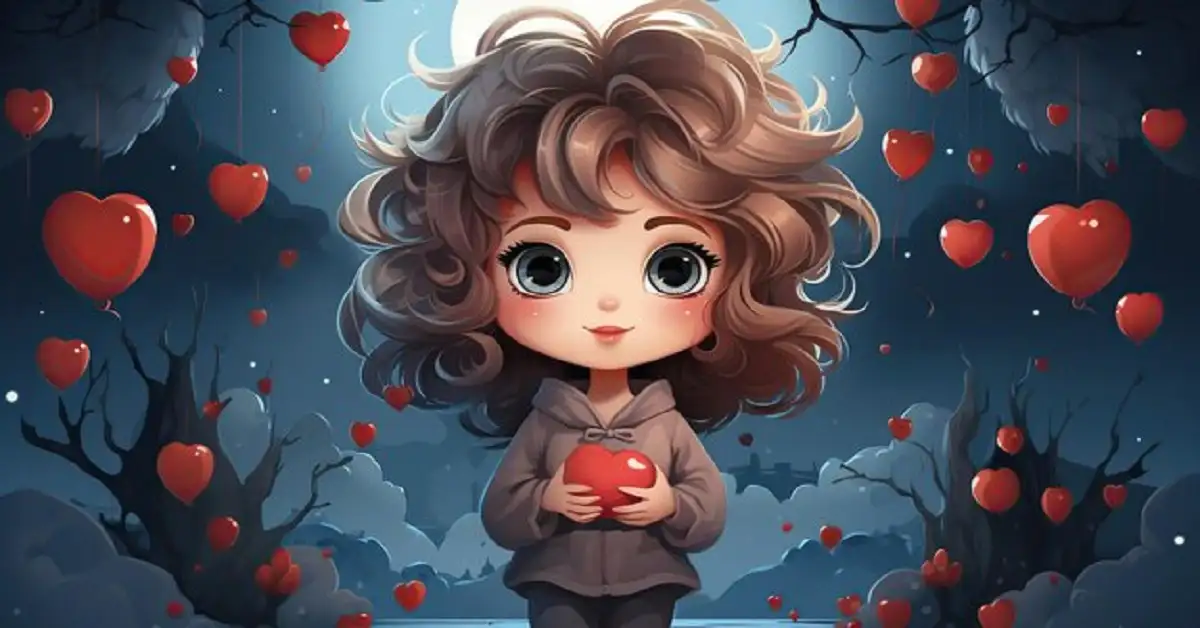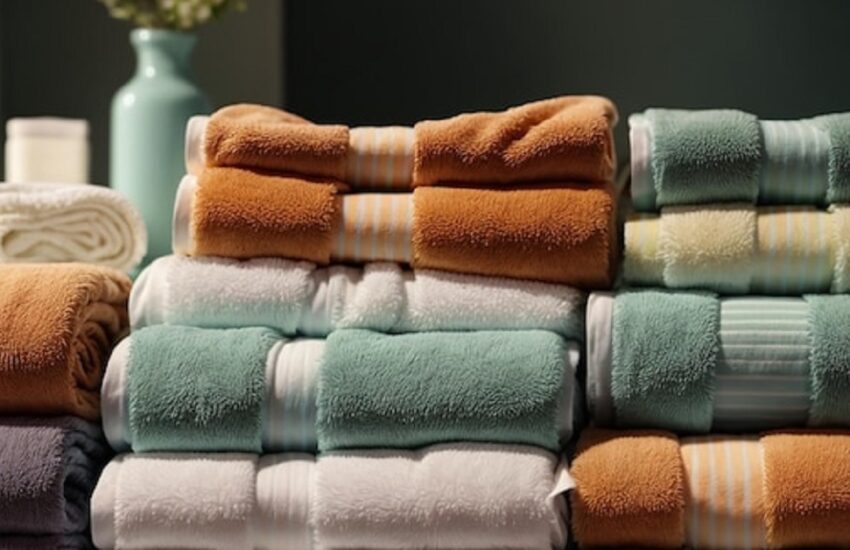Kawaii: The Charm of Cute Anime Girls
Introduction
What is Kawaii?
Kawaii, a Japanese term meaning “cute” or “adorable,” has become a cultural phenomenon. It’s more than just a word; it’s a lifestyle and an aesthetic embraced by millions worldwide. But what makes something kawaii? It’s a blend of innocence, playfulness, and charm that captures hearts and imaginations.
The Popularity of Cute Anime Girls
Cute anime girls, with their big eyes, small mouths, and endearing personalities, have become iconic within the anime community. These characters often embody the essence of kawaii, drawing fans into their vibrant worlds and making them a significant part of pop culture.
History of Kawaii Culture
Origins in Japanese Culture
Kawaii culture began in Japan during the 1970s, influenced by youth movements and societal shifts. It started with cute handwriting styles among teenage girls and quickly spread to fashion, toys, and media.
Evolution through the Decades
From the 1980s onwards, kawaii culture evolved, with brands like Sanrio’s Hello Kitty becoming global icons. The 1990s and 2000s saw the rise of kawaii in anime and manga, solidifying its place in entertainment and everyday life.
Characteristics of Kawaii
Visual Traits
Kawaii characters often feature exaggerated features like large, sparkling eyes, small mouths, and round faces. Their designs are typically colorful and playful, evoking a sense of innocence and joy.
Personality Traits
Kawaii characters are often depicted as kind-hearted, cheerful, and sometimes a bit clumsy. Their personalities are designed to be endearing, making them relatable and lovable.
Fashion and Style
Kawaii fashion includes pastel colors, frills, and playful accessories. Styles like Lolita fashion and Decora showcase how kawaii influences personal attire, turning everyday wear into a statement of cuteness.
Kawaii in Anime
Representation in Different Genres
Kawaii elements can be found across various anime genres, from slice-of-life to fantasy. Characters in shows like “Sailor Moon” and “Cardcaptor Sakura” exemplify kawaii traits, appealing to diverse audiences.
Iconic Kawaii Characters
Characters like Totoro from “My Neighbor Totoro” and Pikachu from “Pokémon” are global ambassadors of kawaii. Their universal appeal transcends age and cultural boundaries.
The Impact of Kawaii Culture
Influence on Global Pop Culture
Kawaii has permeated global fashion, music, and art. Brands and artists worldwide incorporate kawaii elements into their work, creating a fusion of East and West.
Kawaii Merchandise and Marketing
Merchandise featuring kawaii characters is a massive industry. From plush toys to stationery, these products capitalize on the appeal of cuteness to attract consumers.
Creating a Kawaii Anime Character
Essential Visual Elements
To create a kawaii character, start with large, expressive eyes and a small, simple mouth. Add pastel colors and soft lines to enhance the cuteness.
Designing Adorable Personalities
Your character should be kind, optimistic, and perhaps a little naive. These traits make them endearing and memorable.
Voice Acting and Expressions
High-pitched, sweet voices are typical for kawaii characters. Their expressions should convey a wide range of emotions, from joy to curiosity.
Kawaii Beyond Anime
Kawaii in Everyday Life
Kawaii culture extends to everyday objects and activities. From cute phone cases to adorable food presentations, kawaii influences how people interact with their environment.
Kawaii in Social Media
Social media platforms are filled with kawaii content. Influencers and artists share kawaii-inspired art, fashion, and lifestyle tips, spreading the culture globally.
Psychological Appeal of Kawaii
Why People Love Cute Things
Kawaii triggers a nurturing instinct, similar to how people react to babies or small animals. This emotional response creates a connection and a sense of happiness.
Emotional and Social Connections
Engaging with kawaii culture can foster a sense of community and belonging. Fans share their love for kawaii through conventions, online forums, and social media groups.
Kawaii and Japanese Identity
Cultural Significance in Japan
In Japan, kawaii is more than a trend; it’s a cultural identity. It reflects values of innocence, playfulness, and harmony, deeply rooted in Japanese society.
Kawaii as a National Phenomenon
The widespread acceptance and celebration of kawaii in Japan showcase its importance. From government campaigns to public transport, kawaii is integrated into daily life.
Criticism and Controversies
Over-Sexualization Concerns
While kawaii is generally associated with innocence, some argue that it can lead to the over-sexualization of young girls in media, sparking debates about its impact on society.
Cultural Appropriation Debates
As kawaii culture spreads globally, discussions arise about cultural appropriation and the respectful adoption of Japanese aesthetics by other cultures.
How to Embrace Kawaii in Your Life
Fashion Tips
Incorporate kawaii elements into your wardrobe with pastel colors, cute accessories, and playful patterns. Don’t be afraid to experiment with different styles and find what makes you feel adorable.
Decorating Your Space
Add kawaii touches to your living space with plush toys, colorful decor, and whimsical items. Creating a cozy and cute environment can uplift your mood and express your personality.
Kawaii-Inspired Hobbies
Engage in hobbies like drawing, crafting, or baking with a kawaii twist. These activities can be fun and therapeutic, allowing you to express your creativity.
Kawaii Community and Events
Conventions and Gatherings
Events like Anime Expo and Comic-Con feature kawaii culture prominently. Attending these gatherings can be a great way to meet like-minded individuals and celebrate all things cute.
Online Communities
Join online forums, social media groups, or fan clubs dedicated to kawaii culture. These communities offer support, inspiration, and friendship.
Kawaii in the Future
Trends and Predictions
Kawaii culture continues to evolve, with new trends emerging regularly. Virtual influencers and augmented reality experiences are the latest additions to the kawaii landscape.
Evolving Styles and Preferences
As tastes change, so does the definition of kawaii. Keeping an eye on fashion and media trends will help you stay updated and embrace the latest in kawaii culture.
Conclusion
The Enduring Charm of Kawaii
Kawaii culture, with its timeless appeal, continues to capture hearts around the world. Its blend of innocence, joy, and creativity makes it a beloved part of many people’s lives.
Personal Reflection on Kawaii Culture
Embracing kawaii means celebrating the little joys in life. It’s about finding beauty in simplicity and spreading happiness through cuteness. Whether through fashion, art, or everyday objects, kawaii has a unique way of making the world a brighter place.


